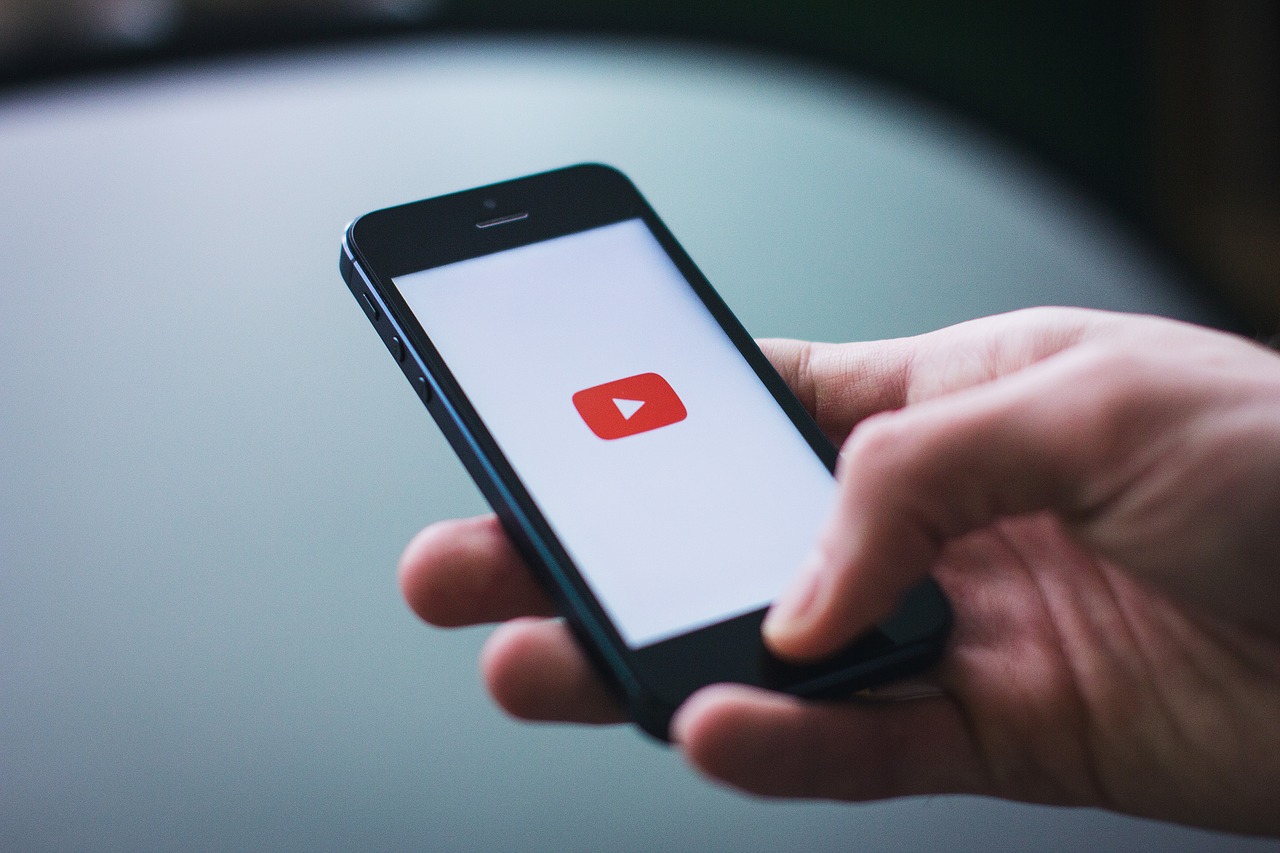We are seeing more videos, in more places, by more brands than ever before. As a result, without even noticing, we now have higher expectations of quality and shorter attention spans for even the stuff we like. Our ever-evolving video preferences have been sending marketers scrambling to find the ideal recipe for a powerful video that will grab the viewer’s attention. Their conclusion: short, entertaining and shareable.
The fact of the matter is, the digital age has left humans with a significantly shortened attention span. Before the mobile revolution, around the century’s turn, we were still able to stay focussed during 12 seconds. Now, research suggests those 12 seconds have shortened to 8, as that we are getting dangerously close to the famed “attention span of a goldfish”.
But according to Vijay Koduri, co-founder of the video-editing platform HashCut, it’s a bit more nuanced: “Millennials are often portrayed to have short attention spans, but the reality is that they shun away any unnecessary information. To reach them, you have to eliminate all of the fluff, tell them exactly what your product does, and let them make their own decisions. Short, well-made videos that speak to them are critical.”
Whether it is due to a short attention span or due to a need to get quickly to the point, the fact is- we all have less patience for mediocre videos.
Studies reveal that marketers have just 10 seconds to grab an audience and call them to action. After these 10 seconds, audience engagement drops off significantly. Then the axe falls, and your audience scrolls past of clicks away, never to be seen again…
After 30 seconds the statistics are even more relentless. If by 30 seconds you have not been able to fully engage your audience, you’ll likely lose 33% of viewers. After one minute, 45% of viewers have stopped watching.
No wonder 56% of all videos published in the last year is less than 2 minutes long and 9 out of 10 of the most watched Facebook videos are under 2 minutes. The majority floats around 1 minute.
“In a world where millennials are inundated with messages from thousands of products online, you have to cut to the point. They expect short, well-made videos that convey the vital information and nothing else. The old sales and marketing tactics with brochures, long videos, and long websites are long outdated.” says Vijay Koduri.
That being said, thumbnails or titles of the upcoming videos are also important. A picture of a person suggests something fun, light and short. A screen text implies learning something. Depicting a product leads to a lower click-through rate.
Length depends on which platform your audience is watching. Brand marketers might have to consider customizing video length for each platform. Facebook’s auto-playback feature makes 30- to 45-second videos optimal. Instagram has a larger demand for “micro-videos” that are 15 seconds or less.
If your content is hosted on YouTube, however, viewers are more tolerant of longer videos with a documentary-style, upwards of two minutes. Studies show that the engagement of a 4-minute versus a 10-minute video is not significantly different. But the initial drop off is high. Viewers seem to decide quickly whether or not to watch. And when they watch, they tend to stick until it looks like the video is wrapping up, when another drop off takes place.
While the average length of a YouTube video is 4 minutes, the best-received videos on Facebook and Instagram are around 1 minute, so short, entertaining and shareable are indeed key. And the recently launched digital platform HashCut might just kill all three of these birds with one stone.
The video editing tool makes it possible to instantly clip, edit, and directly share favourite videos on social media, and ensure you hit the video sweet spot. The Hashcut clips point back to their source so all views count as a YouTube view. And a case study showed the platform was capable of doubling YouTube views.
“As millennials are scrolling down their social feeds on their phone, you have at best a handful of seconds to make an impact. So what would you rather do — link to a long brochure or website, or have a crisp, short video that succinctly conveys your message?” concludes Koduri.












